 |
The high-speed railway connecting Yunnan Province (China) with Vientiane is quietly redrawing the tourism map of Laos. The project is expected to extend to Thailand and Singapore, opening up the ambition to turn Laos - a landlocked country - into an important link in the inter-regional trade and tourism corridor, according to The Strait Times.
Trains run faster, Chinese tourists come in larger numbers, but behind the modern stations is a half-hopeful, half-worried state of mind of the people of the land of a million elephants: Will tourism have a bright future, or will new challenges pile up?
New customer stream
For tourists, the high-speed railway is the fastest way to "jump" from Kunming (China) to the heart of Laos.
Just a few hours away, they can stop in Boten, where Chinese signs and streets are changing; then continue on to Luang Prabang, where narrow streets, wooden roofs, ancient monasteries and sunsets over the Mekong remain serene.
In Luang Prabang, a familiar image every time the train stops is a stream of Chinese tourists pouring out onto the platform, following the flag-holding tour guides onto the waiting tourist buses.
Package tours, complete with pickup vehicles, hotels, restaurants, and souvenir shops, are becoming separate ecosystems operated by Chinese businesses, sometimes "swallowing up" the local tourism value chain.
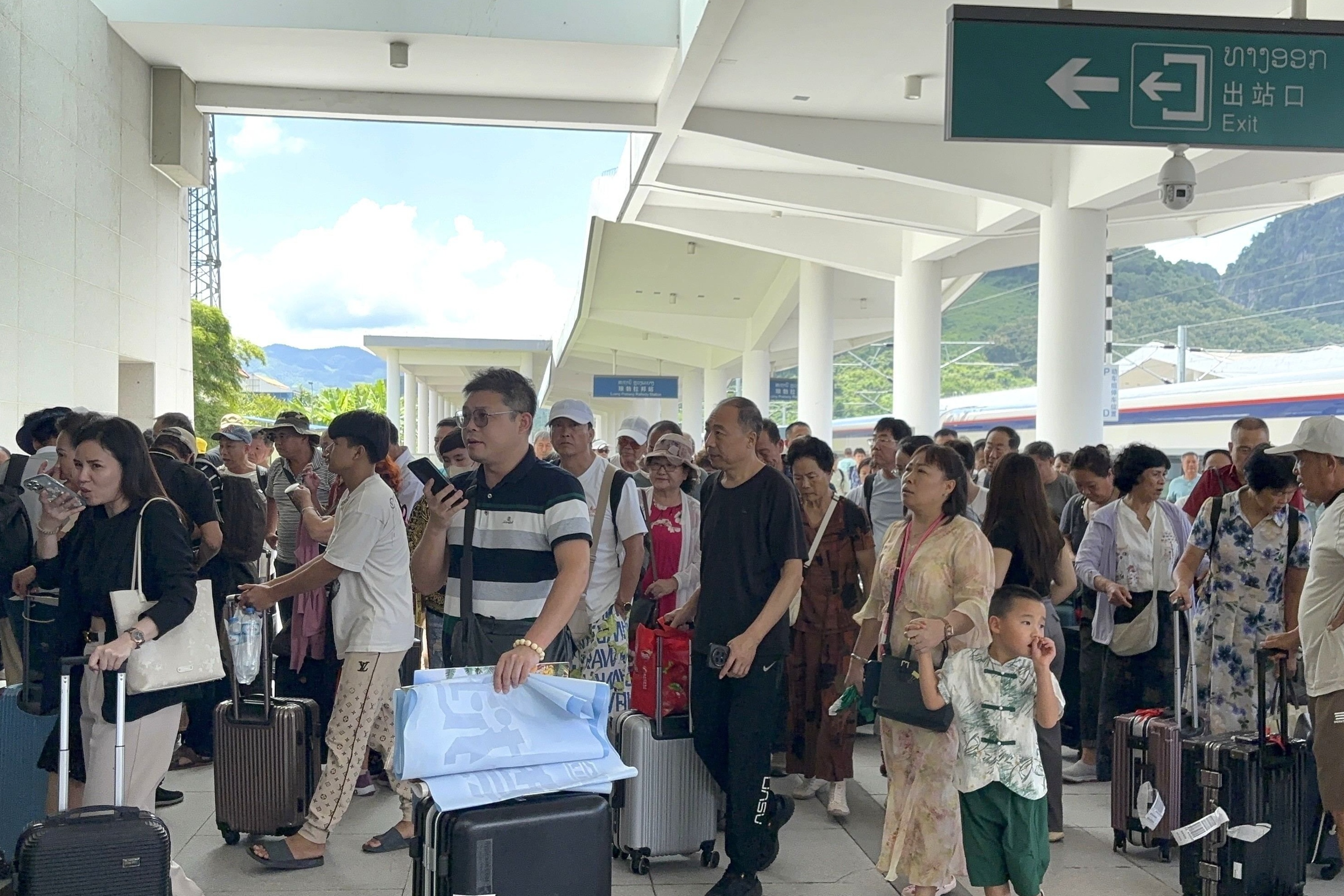 |
The opening of the high-speed railway has led to a boom in tourists from China to Laos. |
For the market, this is a clear opportunity as the number of guests increases rapidly, room occupancy is better, new services such as electric scooters rented by QR appear, creating more experience options.
Luang Prabang or Vang Vieng have the opportunity to become a fixed stop on the "travel by train" itinerary of tourists from the Southwest China region - a group of tourists who are used to domestic travel by high-speed rail.
In 2024, Laos recorded 438,355 Chinese tourists, nearly 7 times the previous year's figure of 62,900 and accounting for 28.6% of the total number of foreign tourists. This is a big boost for the tourism and hotel industry according to statistics.
In terms of image, Laos's presence on the “train check-in” map also helps the country appear more frequently on social media, especially on Chinese platforms like Xiaohongshu.
If in the past, a suggestion in Lonely Planet or a Western travel blog could attract a small group of backpackers to Laos, today, a positive post on Chinese social media can quickly turn a restaurant, a bridge or a sunset spot in Luang Prabang into a “must-visit coordinate”.
From a tourism perspective, this is a significant advantage: Laos, which is often “overshadowed” by Thailand or Vietnam in Southeast Asia tours, now has an additional direct gateway leading visitors straight to its heritage center, without having to transit through many stages.
 |
A simulation model of a Chinese investor's plan to build a Special Economic Zone at That Luang in Vientiane. |
Equal opportunity or closed game?
However, the increase in tourist numbers does not mean that all people in the tourism industry are benefiting. Small service operators. The owner of a bicycle rental shop in Luang Prabang, admitted that there are almost no Chinese tourists, because most tourists have their own packages with buses, hotels, and restaurants.
Green electric scooters, rented via QR codes and popular with Chinese customers, are making it even harder for traditional bike rental services to compete.
Boten is the other extreme, a border town that once thrived with casinos, then disappeared, then was “half-revived” by the railway.
Chinese characters on signs, yuan currency, Chinese restaurants and groups of Chinese migrant workers create a mixed space where tourists pass through mainly to… change trains or continue their journey, rarely stopping to explore .
In Vientiane, the infrastructure story around the train station shows the gap between ambition and reality. From the station to the city center, passengers still have to jostle over potholed dirt roads, turning a journey of about 15 km into a journey of more than an hour and a half.
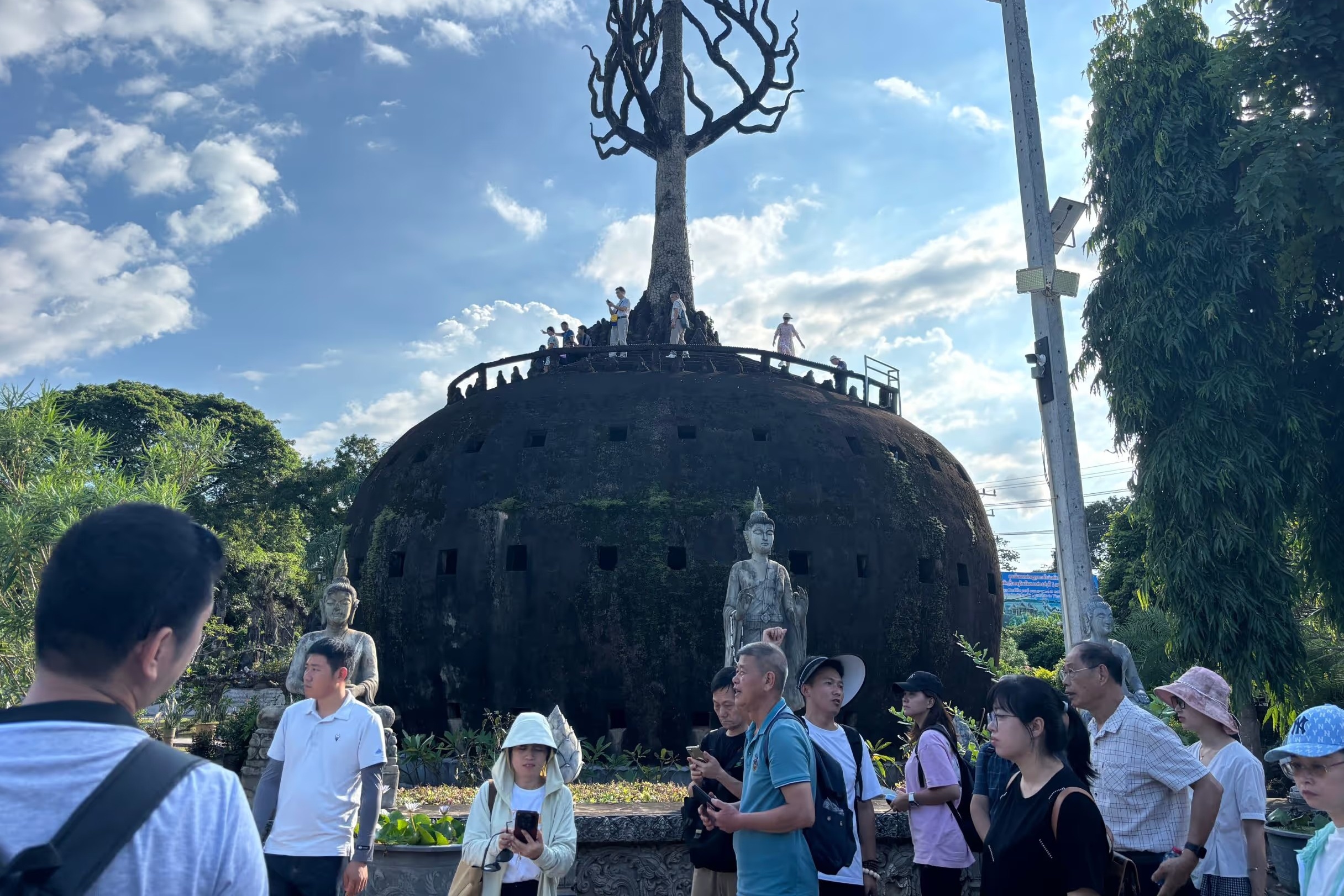 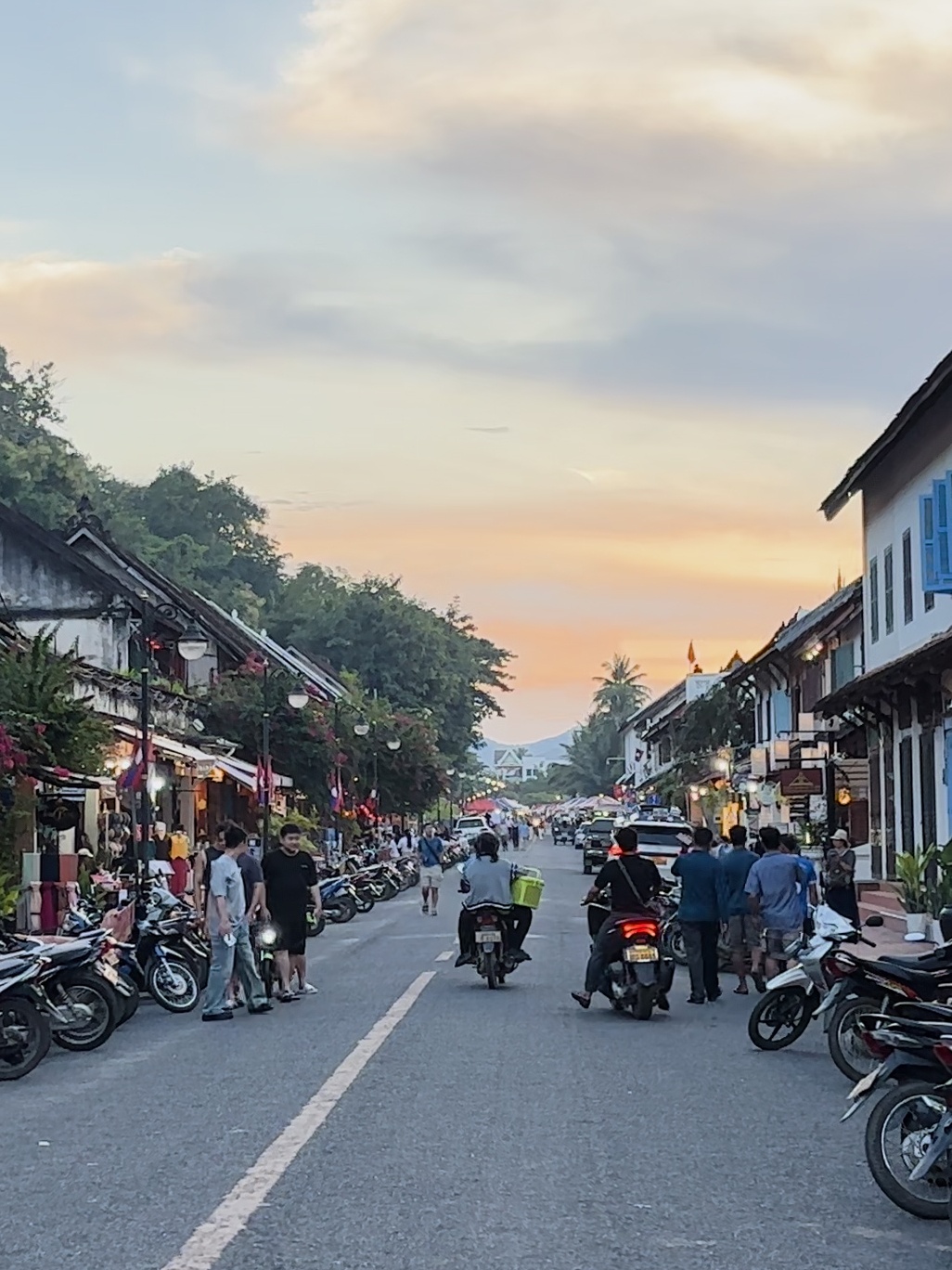 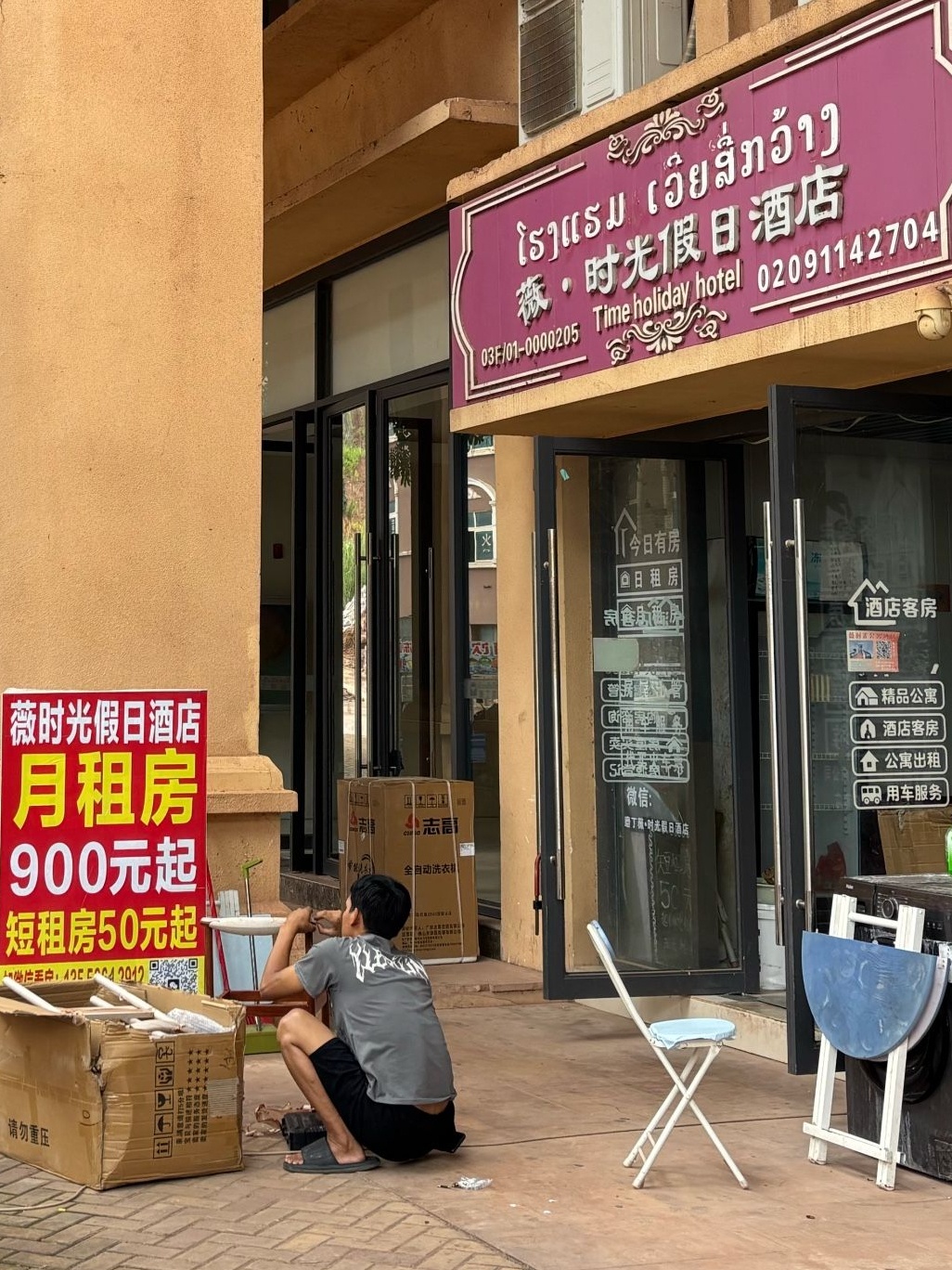 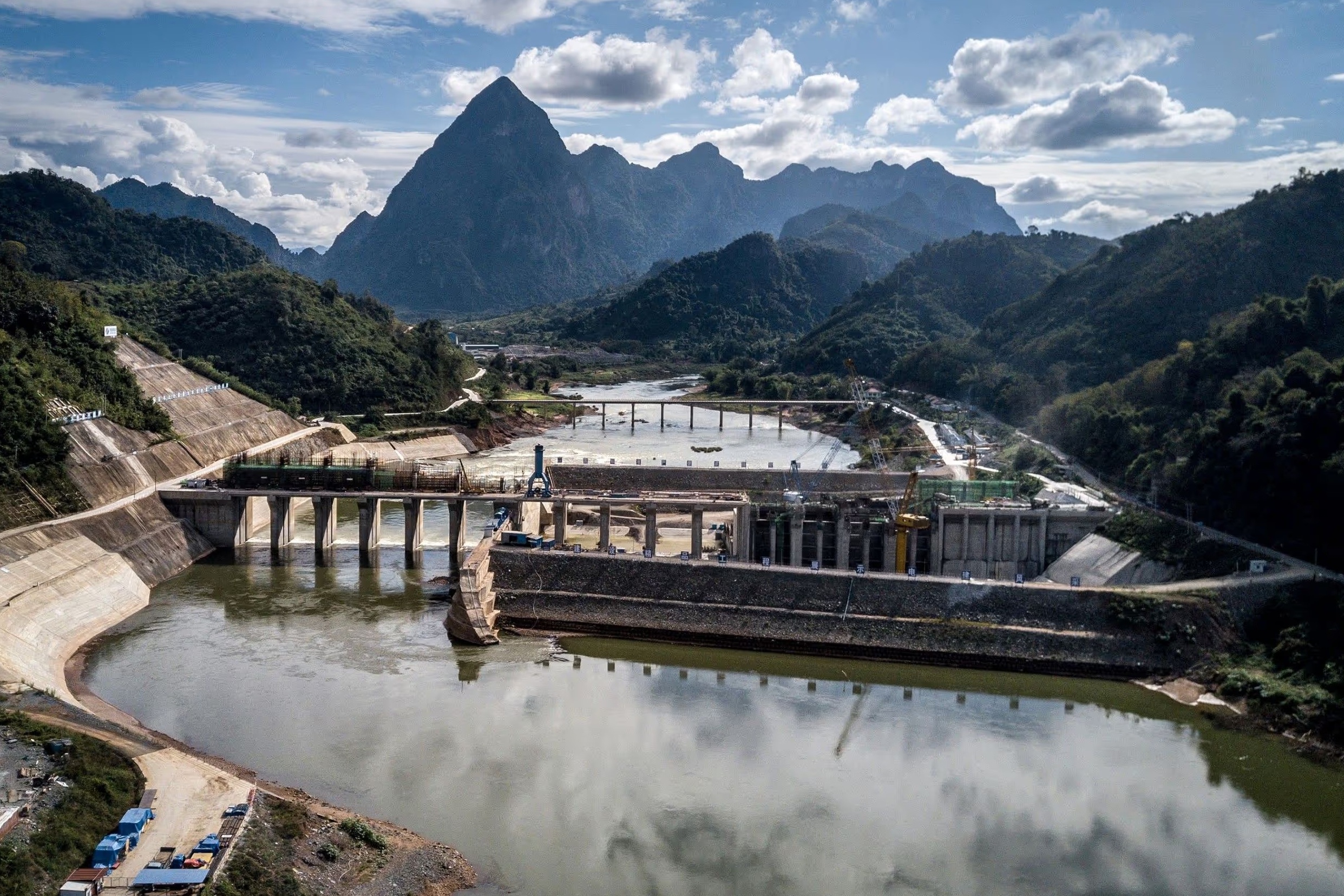 |
Tourists come to tourist attractions in Laos but they are covered with Chinese characters, Chinese restaurants... |
The That Luang Lake Special Economic Zone, a grand scale model inspired by the Bund in Shanghai, has only a few unfinished buildings, some of which are used as temporary hotels for Korean golfers.
In that context, focusing resources on tourism infrastructure around the railway line – connecting roads, environmental sanitation, training local human resources – becomes all the more urgent if Laos wants to turn train passengers into a sustainable source of income.
From a tourism perspective, the challenge lies in how to transform the flow of cruise passengers into a series of experiences that benefit the local community, rather than just stopping at quick check-in points and eating and drinking within a closed system.
On the other hand, the railway and the influx of Chinese tourists are also a “reminder” for the Lao tourism industry to improve itself: improve the quality of accommodation, food, and transportation services; invest in heritage stories; diversify the tourist market, not just rely on one source.
Source: https://znews.vn/nga-re-moi-cua-du-lich-lao-post1603170.html


![[Photo] General Secretary To Lam and National Assembly Chairman Tran Thanh Man attend the 80th Anniversary of the Traditional Day of the Vietnamese Inspection Sector](https://vphoto.vietnam.vn/thumb/1200x675/vietnam/resource/IMAGE/2025/11/17/1763356362984_a2-bnd-7940-3561-jpg.webp)





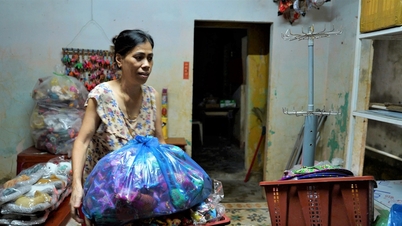

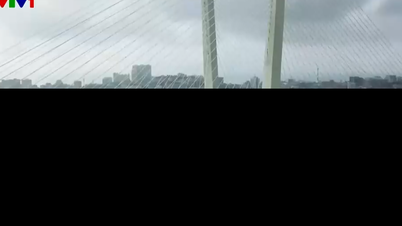








































































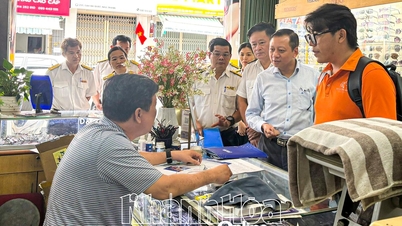




















Comment (0)